
Camelopardalis is a large but faint constellation of the northern sky representing a giraffe. The constellation was introduced in 1612 or 1613 by Petrus Plancius. Some older astronomy books give Camelopardalus or Camelopardus as alternative forms of the name, but the version recognized by the International Astronomical Union matches the genitive form, seen suffixed to most of its key stars.
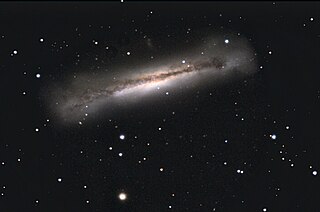
NGC 3628, also known as the Hamburger Galaxy or Sarah's Galaxy, is an unbarred spiral galaxy about 35 million light-years away in the constellation Leo. It was discovered by William Herschel in 1784. It has an approximately 300,000 light-years long tidal tail. Along with M65 and M66, NGC 3628 forms the Leo Triplet, a small group of galaxies. Its most conspicuous feature is the broad and obscuring band of dust located along the outer edge of its spiral arms, effectively transecting the galaxy to the view from Earth.

NGC 2 is an intermediate spiral galaxy with the morphological type of Sab, located in the constellation of Pegasus. NGC 2 was discovered by Lawrence Parsons, 4th Earl of Rosse on 20 August 1873."
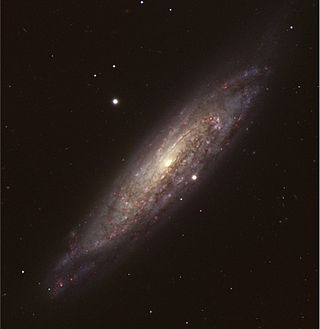
NGC 134 is a barred spiral galaxy that resembles the Milky Way with its spiral arms loosely wrapped around a bright, bar-shaped central region. Its loosely bound spiral arms categorize it as Hubble-type Sbc. It is 60 million light years away, and part of the Sculptor constellation.
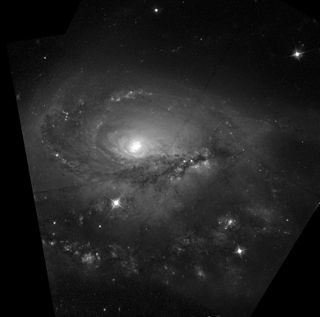
NGC 1961 is a spiral galaxy in the constellation Camelopardalis. It was discovered by William Herschel on 3 December 1788. It is at a distance of about 200 million light years from Earth, which, given its apparent dimensions, means that NGC 1961 is more than 220,000 light years across. The galaxy has been distorted, however no companion has been detected nor double nuclei that could show a recent merger. Its outer arms are highly irregular. Two long straight arms extent from the north side of the galaxy. A luminous X-ray corona has been detected around the galaxy. NGC 1961 is the central member of the small group of nine galaxies, the NGC 1961 group.
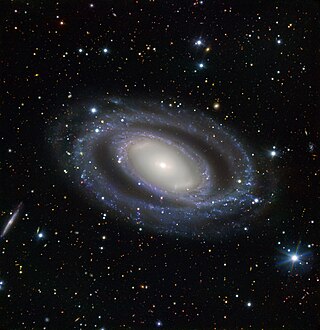
NGC 7098 is a doubled barred spiral galaxy located about 95 million light-years away from Earth in the constellation of Octans. NGC 7098 has an estimated diameter of 152,400 light-years. NGC 7098 was discovered by astronomer John Herschel on September 22, 1835.
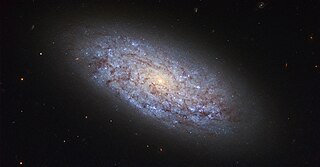
NGC 5949 is a dwarf spiral galaxy located around 44 million light-years away in the constellation Draco. NGC 5949 was discovered in 1801 by William Herschel, and it is 30,000 light-years across. NGC 5949 is not known to have an Active galactic nucleus, and it is not known for much star-formation.

NGC 4647 is an intermediate spiral galaxy estimated to be around 63 million light-years away in the constellation of Virgo. It was discovered by astronomer William Herschel on March 15, 1784. NGC 4647 is listed along with Messier 60 as being part of a pair of galaxies called Arp 116; their designation in Halton Arp's Atlas of Peculiar Galaxies. The galaxy is located on the outskirts of the Virgo Cluster.

NGC 4633 is a spiral galaxy located about 70 million light-years away in the constellation of Coma Berenices. It is interacting with the nearby galaxy NGC 4634. NGC 4633 was discovered by astronomer Edward D. Swift on April 27, 1887. It was rediscovered on November 23, 1900, by astronomer Arnold Schwassmann and was later listed as IC 3688. NGC 4633 is a member of the Virgo Cluster.
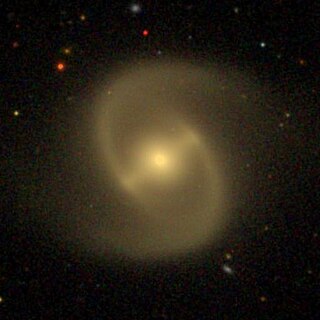
NGC 4440 is a barred spiral galaxy located about 55 million light-years away in the constellation of Virgo. NGC 4440 was discovered by astronomer William Herschel on April 17, 1784. It is a member of the Virgo Cluster.
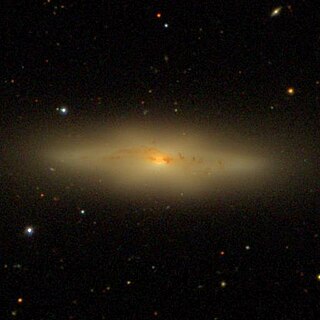
NGC 4469 is a nearly edge-on spiral galaxy located about 55 million light-years away in the constellation of Virgo. It is also classified as a LINER galaxy. NGC 4469 was discovered by astronomer William Herschel on April 15, 1784. It is a member of the Virgo Cluster.

NGC 4498 is a barred spiral galaxy located about 50 million light-years away in the constellation Coma Berenices. NGC 4498 was discovered by astronomer William Herschel on March 21, 1784. NGC 4498 is a member of the Virgo Cluster.

NGC 5640 is a spiral galaxy approximately 660 million light-years away from Earth in the constellation of Camelopardalis. It was discovered by British astronomer William Herschel on December 20, 1797.

NGC 5609 is a spiral galaxy located 1.3 billion light-years light-years away from Earth, in the constellation Boötes. It has the largest redshift of any galaxy in the New General Catalogue. Prior to 2023, another spiral galaxy, NGC 1262, had been thought to have a higher redshift. NGC 5609 is the most distant visually observed galaxy in the NGC Catalog and was discovered by astronomer Bindon Blood Stoney on March 1, 1851.

NGC 4607 is an edge-on spiral galaxy located about 56 million light-years away in the constellation Virgo. NGC 4607 was discovered by astronomer R. J. Mitchell on April 24, 1854. The galaxy is a member of the Virgo Cluster.
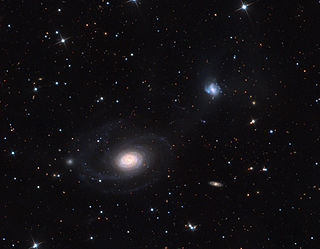
NGC 2460 is an unbarred spiral galaxy in the constellation Camelopardalis. It was discovered by German astronomer Wilhelm Tempel on August 11, 1882.
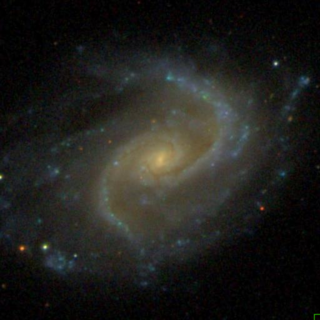
NGC 895 is a spiral galaxy located around 98 million light-years away in the constellation Cetus. NGC 895 was discovered November 28, 1856 by R. J. Mitchell. NGC 895 is not known to have much star-formation, and is not known to have an active galactic nuclei.
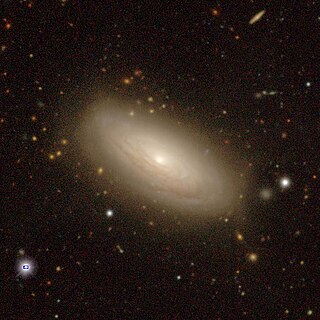
NGC 1100 is a spiral galaxy located around 235 million light-years away in the constellation Eridanus. NGC 1100 is situated close to the celestial equator, and it was discovered on October 17, 1885, by Francis Preserved Leavenworth. NGC 1100 is not known to have much star formation, and is not known to have an active galactic nucleus.

NGC 2523B is a spiral galaxy located around 168 million light-years away in the constellation Camelopardalis. NGC 2523B was discovered in 1885 by the American astronomer Edward Swift, and is estimated to have dimensions of 1.905′ × 0.275′. NGC 2523B does not have much star formation, and it does not have an active galactic nucleus.
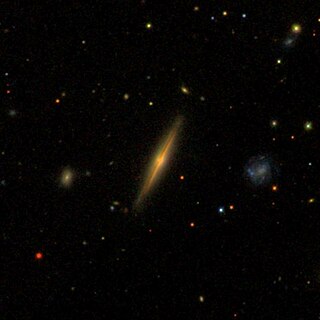
NGC 6122 is a spiral galaxy located around 484 million light-years away in the constellation Corona Borealis. NGC 6122 was discovered on May 6th, 1886 by the astronomer Guillaume Bigourdan, and its diameter is 211,000 light-years. NGC 6122 is not known to have much star-formation, and does not have an Active galactic nucleus.




















